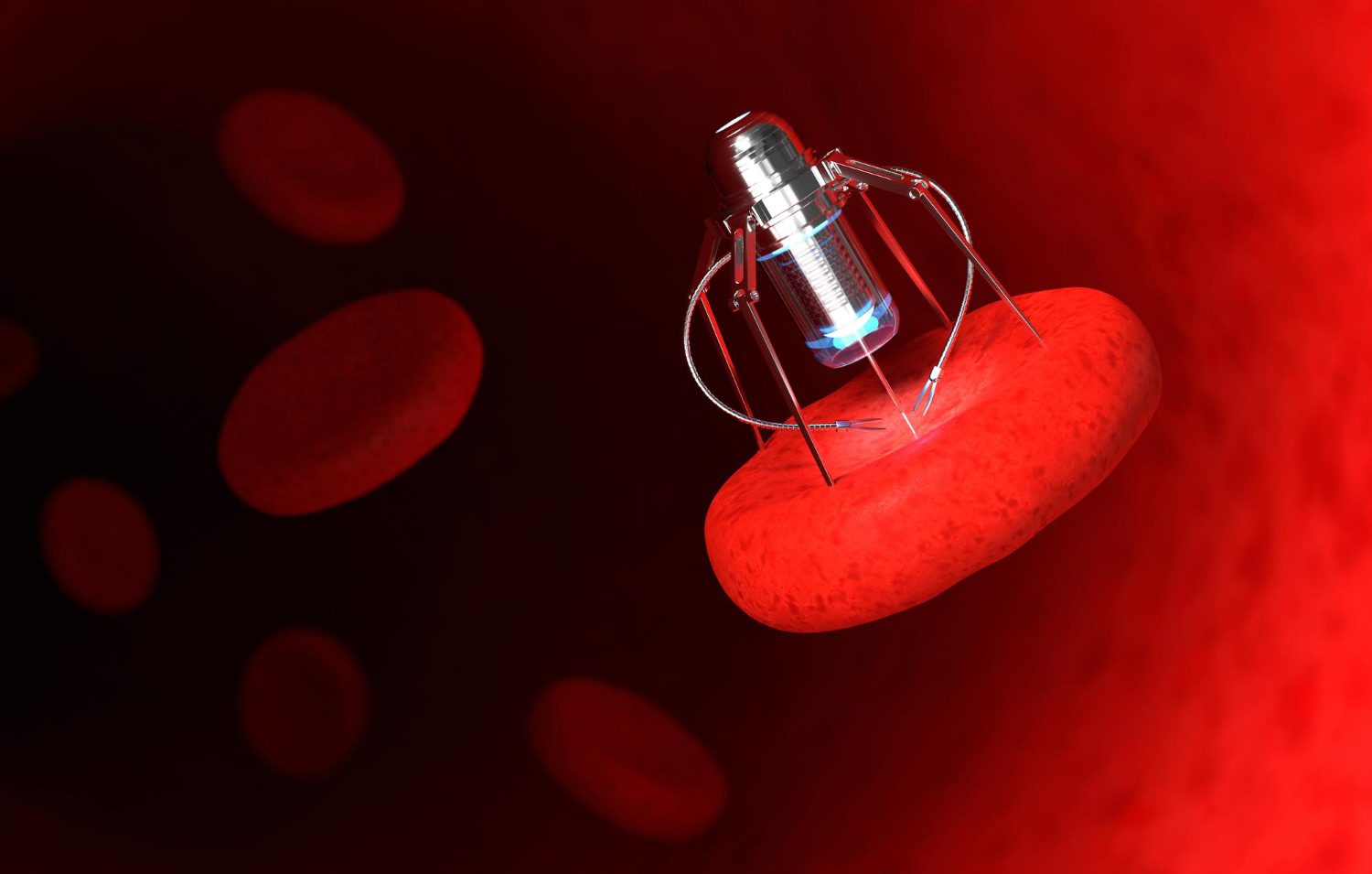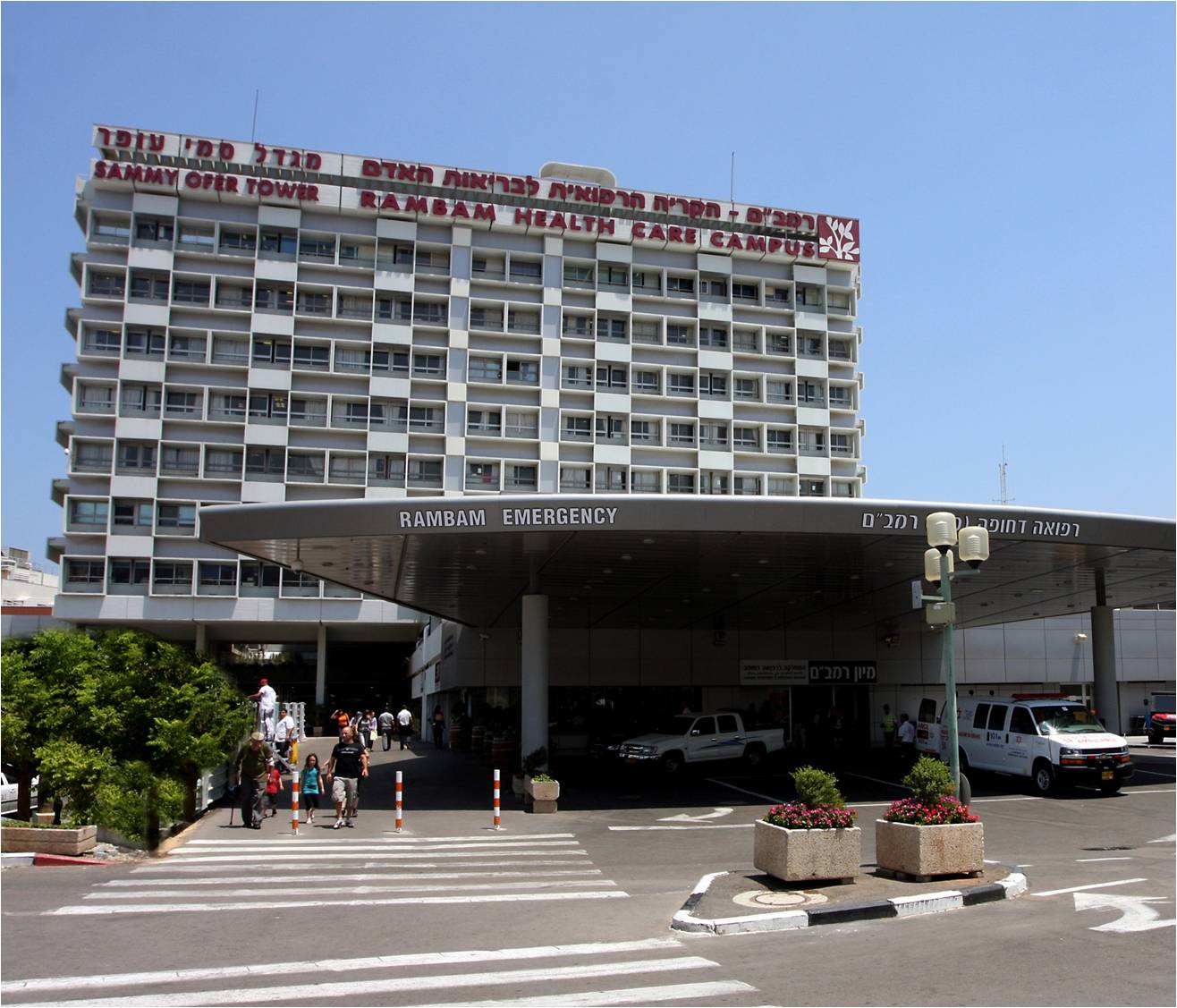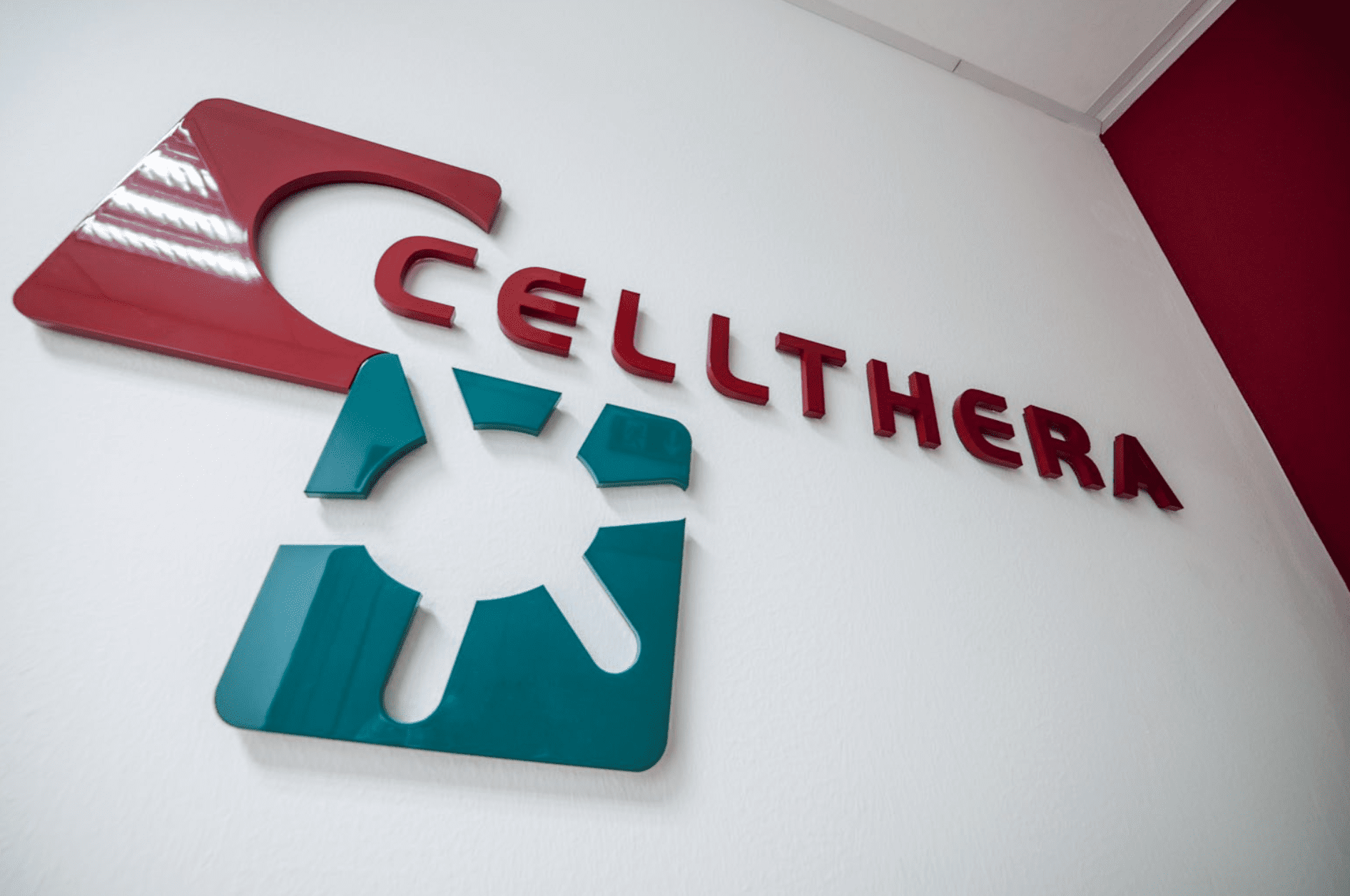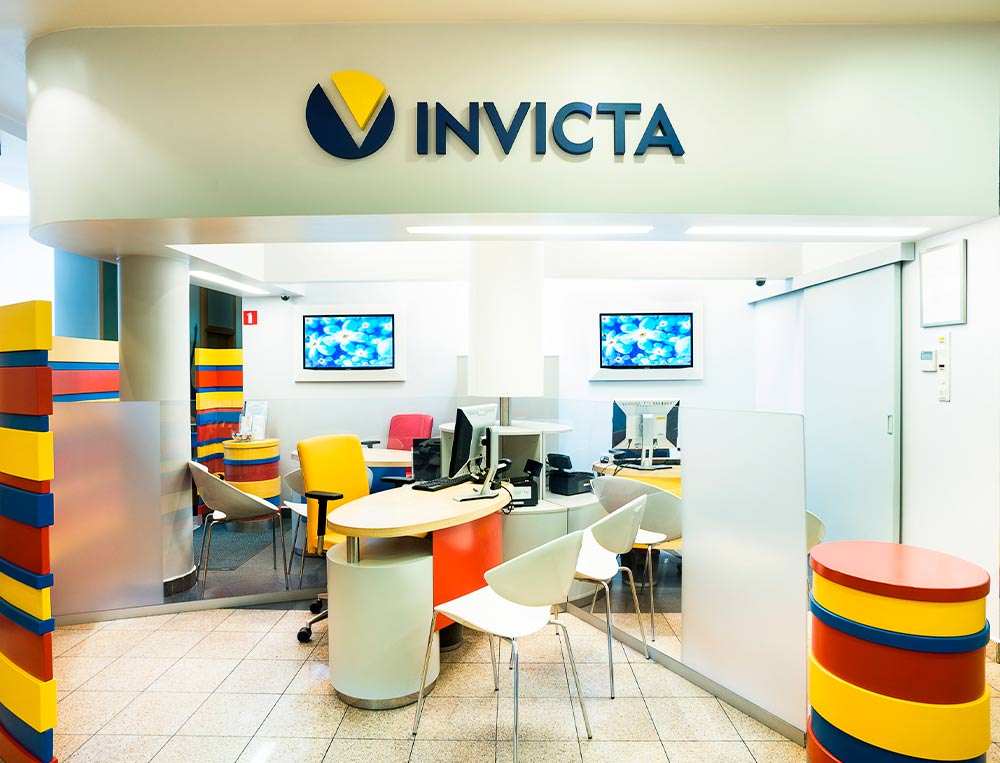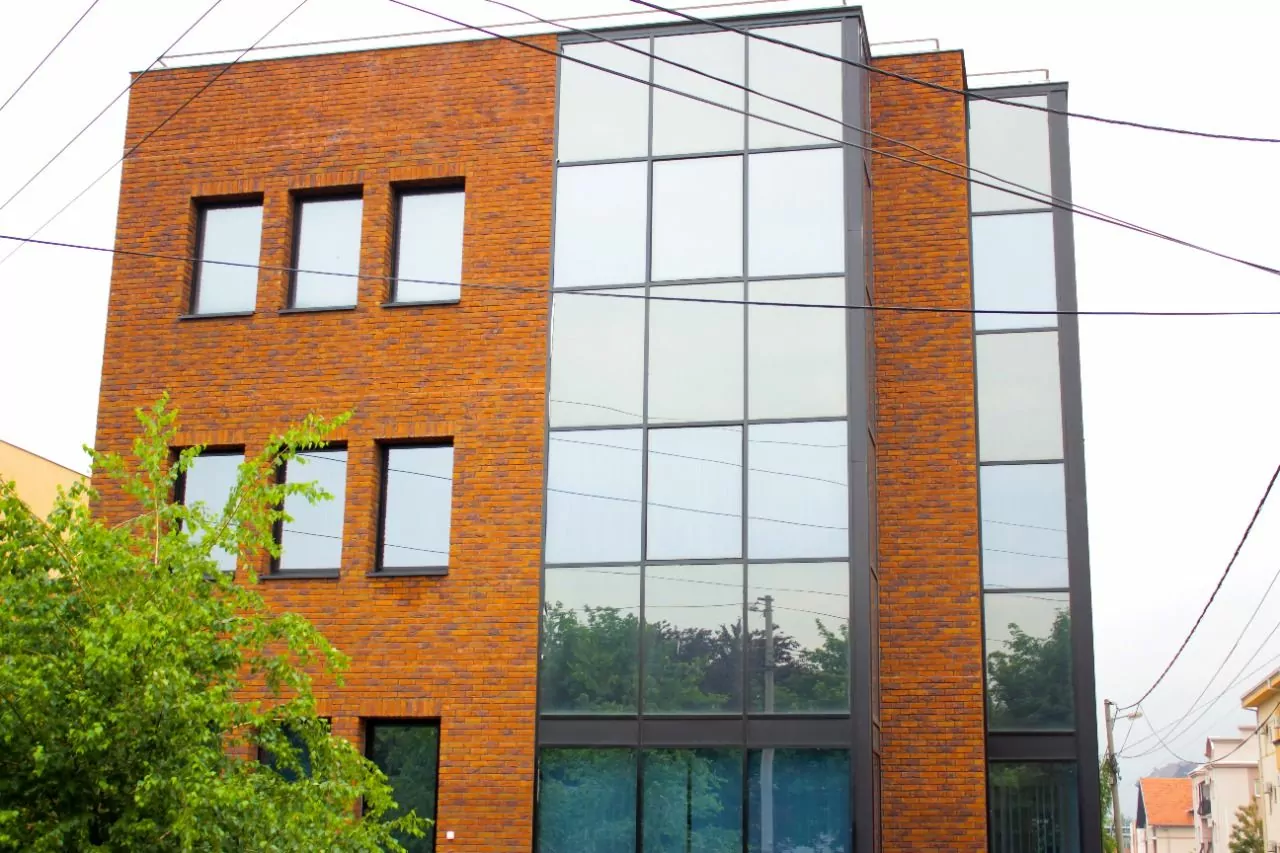Cutting-edge vascular intervention methods introduce microinvasive solutions countering arterial constriction, optimizing hemodynamic efficiency, and mitigating cardiac complications. The angioplasty procedure alongside stent placement surgery re-establishes vascular perfusion, safeguarding against myocardial crisis and aneurysmal dilation. Grasping the mechanisms, benefits, limitations, and convalescence of these modalities is imperative for those pursuing cardiovascular rehabilitation.
Deciphering the Angioplasty Procedure
Angioplasty procedure entails the transluminal insertion of a catheter borne dilation device into stenosed arterial segments. Upon correct endovascular positioning, the balloon expands, compressing atheromatous deposits, enhancing vascular luminosity. Certain cases resolve with angioplasty alone, whereas advanced occlusions necessitate stent for heart or stent for aneurysm to ensure arterial integrity.
Stent Procedure for Heart: Ensuring Uninterrupted Blood Flow
It’s a minimally invasive intervention designed to keep narrowed or blocked arteries open, restoring optimal circulation. After balloon angioplasty expands the vessel, a small mesh stent is implanted to reinforce arterial walls, preventing collapse or restenosis. Modern drug-eluting stents further minimize re-narrowing risks by releasing medication that inhibits plaque buildup. It significantly reduces heart attack risks, alleviates chest discomfort, and enhances long-term cardiovascular health with swift recovery and minimal downtime.
Stent Placement Surgery: Structural Reinforcement
Following angioplasty, stent placement surgery becomes requisite when the arterial framework demands mechanical stabilization to thwart recurrent stenosis. A stent for heart, a miniature-mesh framework, sustains vascular-patency, curbing re-occlusion risks. In aneurysmal scenarios, a stent for aneurysm provides endoluminal support, averting dissection, rupture, or aberrant dilation.
Stent vs. Angioplasty: Key Distinctions
While both angioplasty procedure and stent placement surgery target arterial narrowing, their mechanisms diverge. Angioplasty utilizes a balloon expansion technique, momentarily widening constricted vessels, whereas a stent for heart acts as a permanent intravascular scaffold, preventing re-collapse. In mild cases, angioplasty alone suffices, but for high-risk occlusions, a stent ensures sustained arterial patency, reducing restenosis probability.
Coronary Angioplasty: Revitalizing Myocardial Perfusion
For individuals grappling with coronary arterial disease, coronary angioplasty serves as a life-preserving vascular realignment. This arterial decongestion mitigates anginal discomfort, diminishes myocardial infarction probability, and reinstates cardiac resilience. Pharmaceutical coated stents minimize restenotic tendencies, yielding sustained hemodynamic optimization.
Angioplasty Risks: Prudent Considerations
Despite its efficacy, this modality entails angioplasty risks, such as arterial trauma, thrombotic episodes, hypersensitive reactions to contrast medium, insertion site hemorrhaging, and recurrent narrowing. Rigorous preoperative assessment and vigilant post-procedural surveillance enhance safety margins and outcome precision. Before proceeding with this procedure, a detailed discussion with an experienced expert is required. Fill out a request on our website, and we will select the ideal professional for you.
Rehabilitation Process: Stent Placement Recovery & Heart Stent Recovery Time
Postoperative recovery hinges on systemic-responsiveness and procedural intensity. Stent placement recovery follows a gradual-restorative trajectory.
- Immediate 24 Hours – Intensive monitoring ensures hemodynamic stability, with complication screening.
- Next 48-72 Hours – Gradual ambulation commences; hospital discharge for most individuals.
- Week 1-2 – Incremental mobility restoration, avoidance of overexertion.
- Month 1-3 – Full recovery timeframe, contingent upon lifestyle modifications, dietary adaptations, pharmacological compliance.
Angioplasty Success Rate & Financial Dynamics
The angioplasty success rate remains exceptionally high, with most recipients experiencing profound symptomatic relief and vascular restoration. Outcomes correlate with systemic health, arterial condition, and post-operative diligence. Angioplasty cost fluctuates, dictated by geopolitical region, institutional excellence, and adjunctive procedural needs.
Is angioplasty synonymous with stent placement?
No. The angioplasty procedure deploys a balloon dilation mechanism, whereas stent placement surgery integrates a permanent lattice framework to sustain arterial diameters.
How extensive is recovery post-angioplasty & stenting?
Heart stent recovery time fluctuates based on physiological variability, yet the majority resume normative activity within 7-14 days, while total vascular equilibration spans 1-3 months.
What risks accompany angioplasty & stent insertion?
Angioplasty risks include endovascular compromise, perioperative hemorrhage, thrombogenic complications, and restenosis, although technological refinements significantly curtail adverse incidents.
How effective are stents in mitigating future arterial occlusions?
The angioplasty success rate remains notably high, especially with medicated stents that curtail restenotic recurrence, ensuring sustained circulatory stability.

